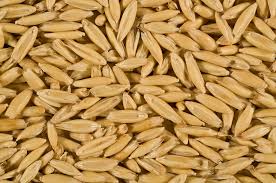Q: You talked last week on crabgrass preventers in lawns, are there pre-emergence products for my flower beds too?
A: Yes! There are some pre-emergence herbicides approved for flower beds and several “best practices” that keep weeds at bay. Often mulch does a good enough job in perennial flower beds to prevent weeds but sometimes the mulch needs a little help. In annual beds, judicious hoeing will keep weeds down until the foliage forms a canopy that prevents weed germination. However, a lack of time may have you considering an easier way than hoeing or pulling weeds that come through mulch. Pre-emergence herbicides can help though you should not expect 100% control.
Pre-emergence herbicides do not keep the weed seed from germinating but kill the young plant as it starts to grow. It is necessary to water these products in (1/4 inch of water) so that the young weed root will contact the herbicide. Be aware that most of these products are more effective on grassy weeds such as crabgrass rather than broadleaves such as dandelions or spurge.
These herbicides often have no effect on existing plants, so they must be applied before the weed seed germinates. Additionally, preventers do not last forever once applied to the soil. Microorganisms and natural processes begin to gradually break them down soon after they are applied. However, all should last long enough so that you get canopy cover before the herbicide wears off.
Read the label for information on when to apply the product. Also, be sure the ornamental plants within the bed area are on the label before purchasing the product. The two most commonly available products are Dimension (dithopyr), labeled as Hi-Yield Turf & Ornamental Weed and Grass Stopper or Bonide Crabgrass & Weed Preventer; and Treflan (trifluralin), labeled as Hi-Yield Herbicide Granules Weed and Grass Preventer, Miracle Gro Garden Weed Preventer or Preen Weed Preventer.







